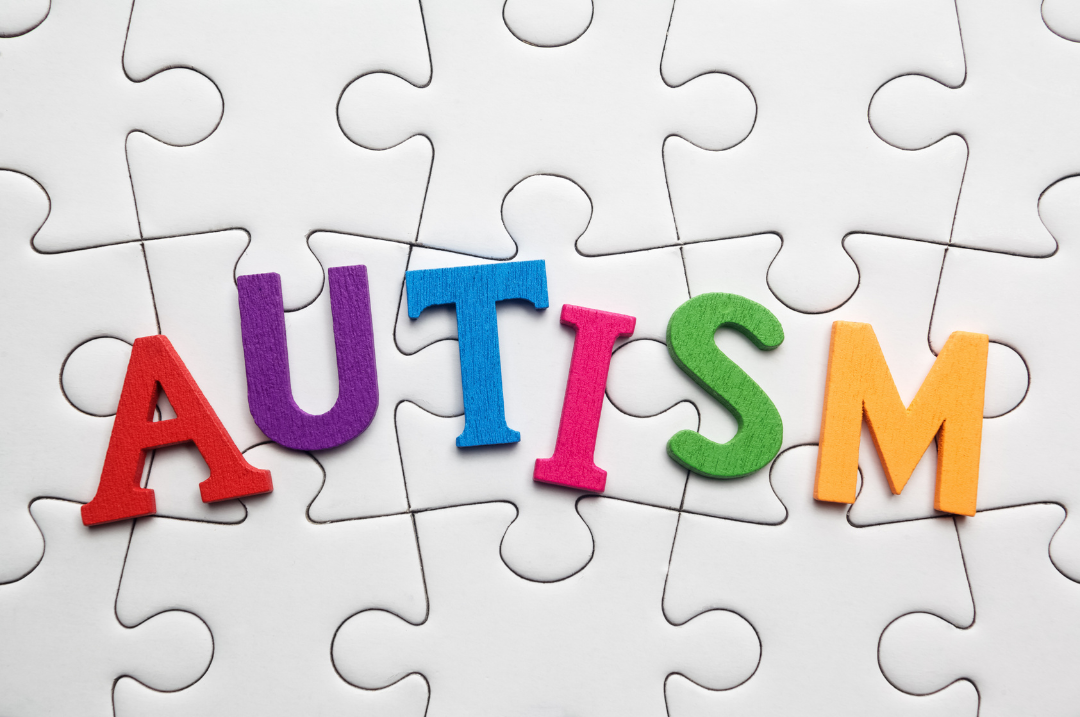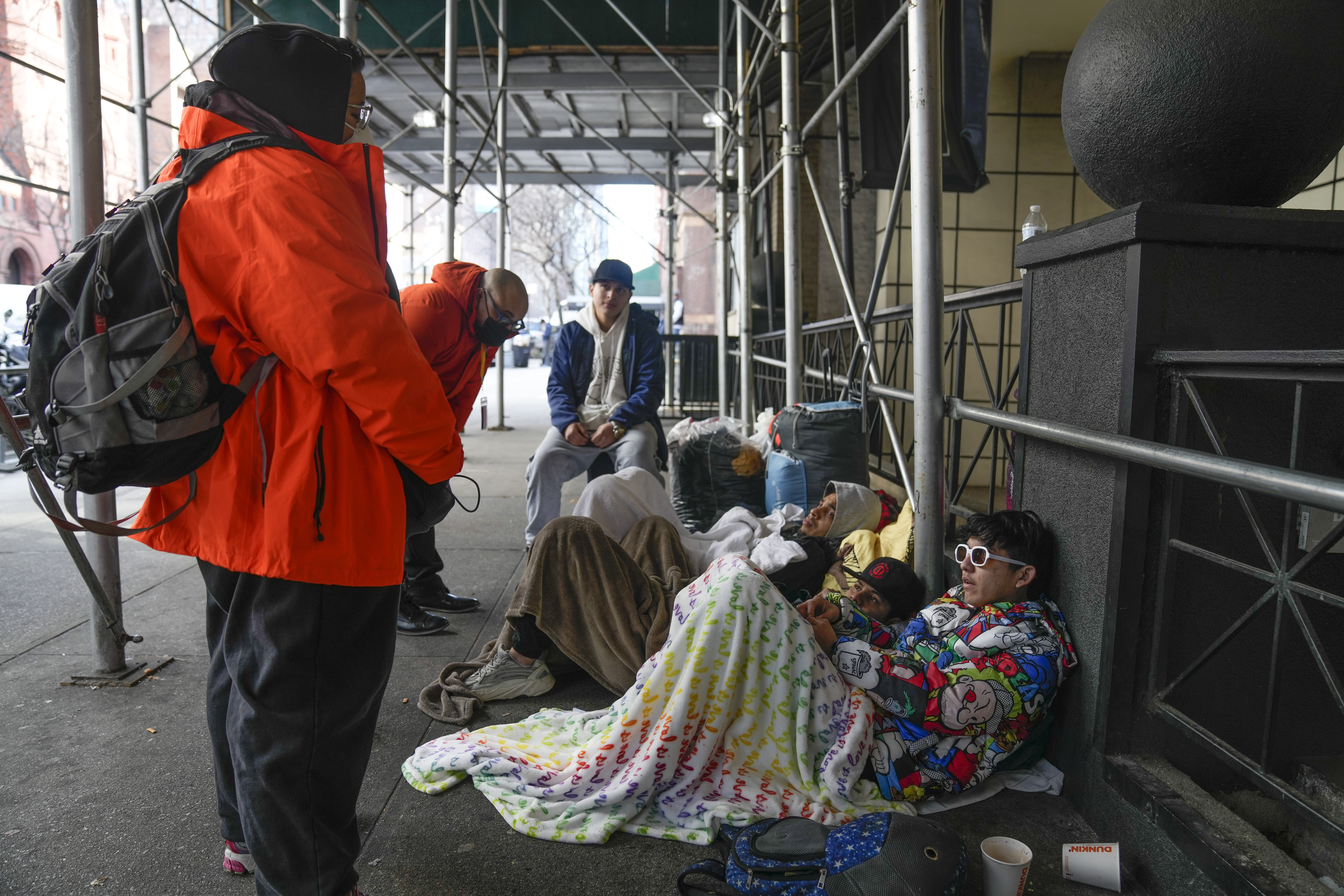The Autism Rate Has Increased by More Than 50% in 5 Years
1 in 30 children have Autism in the United States.
1 in 30 children have Autism in the United States. The diagnosis rate continues to soar.
A new study published in JAMA Pediatrics found that the number of children and adolescents diagnosed with autism spectrum disorder (ASD) in the United States has risen to 1 in 30.
It is estimated there was a 52% increase in autism diagnoses among children and adolescents in the U.S. between 2017-2020. The study looked at data from the annual National Health Interview Survey (NHIS) maintained by the CDC.
Using data from the NHIS, 2.46% of children and adolescents in the U.S. were diagnosed with autism. By 2016, this had increased to 2.76%, then it declined to 2.29% in 2017. As of 2020, the number was up noticeably to 3.49 percent.
The 1 in 30 figure also represents a marked increase when compared to last year’s CDC estimate of 1 in 44 American children with autism. However, that analysis published by the CDC in November 2021, was limited to data in 2018 from about a dozen states in the U.S. and only focused on 8-year-old children, so the study published in JAMA Pediatrics would appear to be more comprehensive, more current, and, consequently, more accurate.
If autism rates continue to increase at the pace they have been in the last few years, it is possible that the autism diagnosis rate will be 1 in 10 children by 2030. If nothing is done to slow or reverse whatever is causing this trend, things will only get worse.
Dr. Stephanie Seneff, a senior research scientist at the Computer Science and Artificial Intelligence Laboratory of the Massachusetts Institute of Technology predicts that 1 in 2 children in the U.S. could be diagnosed with autism by 2032.
What is Causing the Increase in Autism Diagnoses?
An experimental vaccine surely has nothing to do with it, so don’t even question it. We trust that Big Pharma and the CDC are doing the right thing for our health.
The communication between food and genes affects our health, physiology, and longevity.
The idea that food delivers important messages to an animal’s genome is the focus of a field known as nutrigenomics.
According to cancer.org, “Nutrigenomics” is the study of how food affects a person’s genes and how a person’s genes affect the way the body responds to food. Nutrigenomics is used to learn more about how genes and diet together may affect a person’s health and risk of developing diseases, such as cancer.
It may also help find new ways to prevent and treat disease.
This is a discipline still in its infancy, and many questions remain unanswered. On the bright side, researchers have learned a great deal about how food components affect the genome.
How is Food Translated into Biological Instructions?
Food is composed of macronutrients, including carbohydrates, sugars, proteins, and fat.
Food also contains micronutrients such as vitamins and minerals. These compounds and their breakdown products can trigger genetic switches that reside in the genome.
Similar to the switches that control the intensity of the light in your house, genetic switches determine how much of a certain gene product is produced.
The “messages” in food can influence wellness, risk for disease, and even life span!
75% of Americans are Overweight.
Knowing this, it’s important to consider that 75% of Americans are overweight, and by 2030, 60% will be obese. Since diet and lifestyle choices play a huge role in our health’s outcome and genetics, this might explains why the autism epidemic has increased so tremendously.
No Comment from JAMA Pediatrics
JAMA Pediatrics did not comment on what may be causing the continuing rise in ASD diagnoses.
Genetics has also occasionally been brought up as a possible contributing factor. One belief is that the autism epidemic may be tied to environmental exposure factors. In a recent article, Dr. Joe Mercola said:
“Improved diagnosis alone cannot explain this trend. One in 30 children and adolescents were not autistic in the 1980s, with or without diagnosis. No, something is going on. One or more environmental factors are clearly having a devastating impact on our children.”
“Glyphosate appears to be a leading contributor to autism.
Dr. Mercola continued saying, “Glyphosate appears to be a leading contributor to autism. Other contributing factors include maternal antibodies associated with autoimmune diseases, maternal immune system over-activation and mitochondrial dysfunction (typically involving electron transport chain overactivity). Mitochondrial abnormalities are suspected of being involved in as many as 80% of cases.”
The study in JAMA Pediatrics does not address the issue of causality as it relates to autism, it focuses on prevalence of the disorder and breaking it down by factors such as gender and family income.
According to the study, in 2020 4.64% of the cases diagnosed with ASD were boys while only 1.56% were girls. Children who came from families with lower financial incomes were also more likely to be diagnosed with autism.
Checkout these studies by Dr. Stephanie Seneff which prove what could be causing the spike in autism diagnosis…
Dr. Stephanie Seneff is the senior research scientist at the Computer Science and Artificial Intelligence Laboratory at the Massachusetts Institute of Technology
READ MORE: Prevent Cancer & Reprogram Your Genes with Food
ABOUT THE WRITER:
Elena Patestas is a journalist and writer for Valuetainment media. She attended Pepperdine University in Malibu, California, and Adelphi University on Long Island, New York. She was born and raised in Roslyn, New York, and currently lives in Miami, Florida.
Elena is passionate about bringing positive change to our world and believes education is the root to solving many societal problems. After overcoming a chronic health condition, Elena became passionate about health and believes food is the key to preventing dis-ease and achieving optimum health.
Amongst her many goals, she hopes to bring positive, impactful change to our world to create a healthy, financially sound, and unified society.



















Add comment